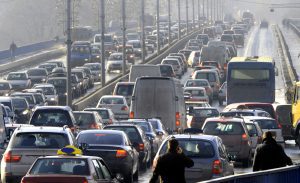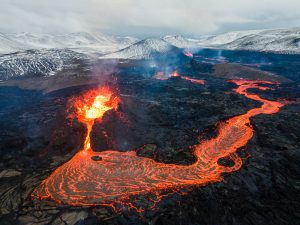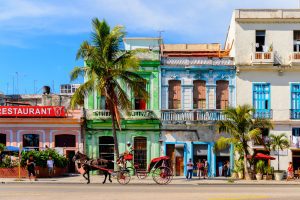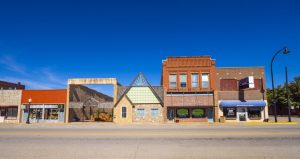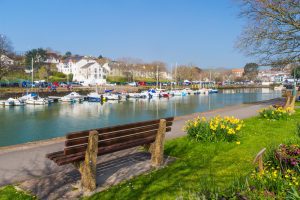Rush hour traffic in Washington D.C. begins at approximately 5:00 a.m. and ends just after 7:00 p.m.
Washington D.C. is in the Eastern Standard Time zone, along with the rest of the Eastern seaboard in the United States.
In addition to daily rush hours before and after the average workday, the nation’s capital has specific days it is busy. It’s a good idea to look up driving tips that will help you to get the most out of your trip.
Rush hour traffic in Washington D.C. begins at 5:00 a.m. Eastern Standard Time. The morning rush hour typically runs to 10:00 a.m.
The afternoon rush hour begins at 3:00 p.m. but slightly later when school is not in session and can last until after 7:00 p.m.
There are other ways to get around Washington, as well as driving tips for Washington D.C. that can help you to avoid its infamous rush hour traffic.
Table of Contents
When is rush hour traffic in Washington D.C.?
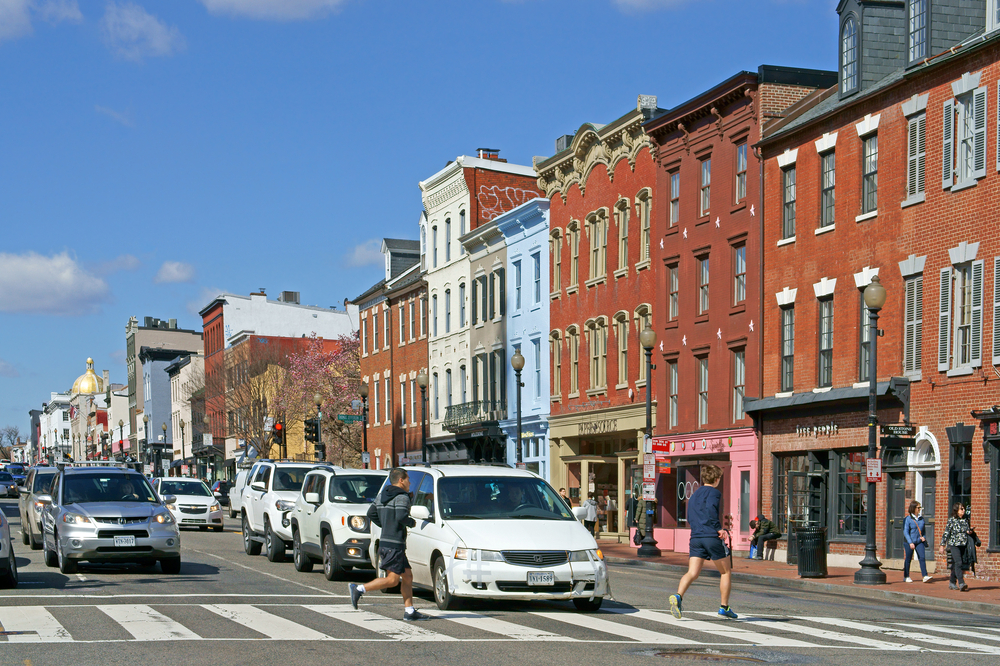
Rush hour traffic in Washington D.C. follows the business day work week. It begins early in the morning and ends after most dinner hours begin.
The morning rush hour can begin by 6:00 a.m. every day, but it is also busy earlier almost every day.
The peak of rush hour will begin by 6:00 a.m. every day with morning rush hour typically ending by 10:00 a.m.
The evening rush hour will start by 3:00 p.m. when school is in session, with peak times at 7:00 p.m.
It can happen that rush hour in the evening lasts until 10:00 p.m. during busy occasions, holidays, or important events.
Weekends also have a rush hour, with D.C. residents often wanting to leave work early on Fridays just to avoid the start of it.
Many will take Fridays off when they can, working late on Thursdays and leaving after the Thursday night rush hour ends. Saturdays and Sundays have rush hours as well, typically around noon both days.
Is the morning or evening rush hour worse in Washington D.C.?
It is claimed that the evening has the worst rush hour in Washington D.C., and some rankings have it listed as the third-worst in the country.
Congestion after work is a serious issue, with some studies looking at what is called the travel time index.
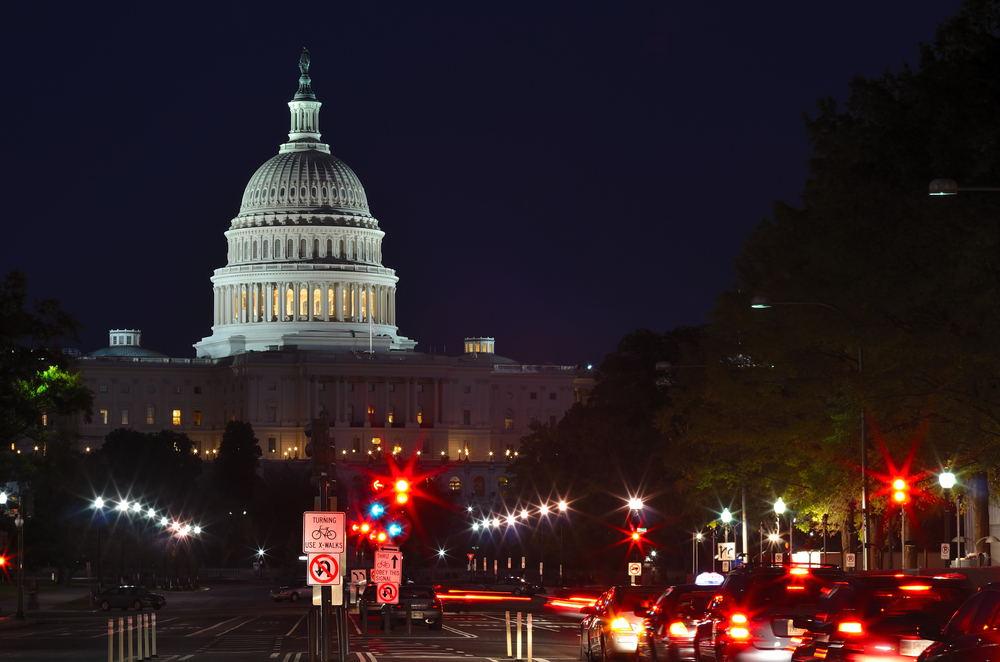
This refers to how long it takes a driver to actually travel somewhere in comparison to how long it should take to drive somewhere.
The index number for the travel time index indicates how much longer a commute will take.
If a trip should take 20 minutes, it will take 40 minutes with an index of 2. It is said that in Washington D.C., the travel time index during both morning and evening commutes is 2 but can reach 3 in the evenings.
That congestion begins at 6:00 a.m. Additionally, the evening commute is not only busier but is also considerably less reliable.
That is because, after work, more commuters are going out, running errands, or staying later more irregularly than morning commuters who get up and drive to work more consistently.
Where is the rush hour traffic in Washington D.C.?
The rush hour traffic in Washington D.C. is around the Capital Beltway of the I-495 and I-95.
The Beltway is considered the busiest section of D.C. traffic and rush hour and circles the entire city, also going through neighboring regions of Maryland and Virginia.
The Key Bridge of D.C. is also a highly congested area and can reach a travel time index of almost 4 on some days.
On this bridge, traffic can slow to as little as 8 mph, whereas other areas of D.C. will average 26 mph.
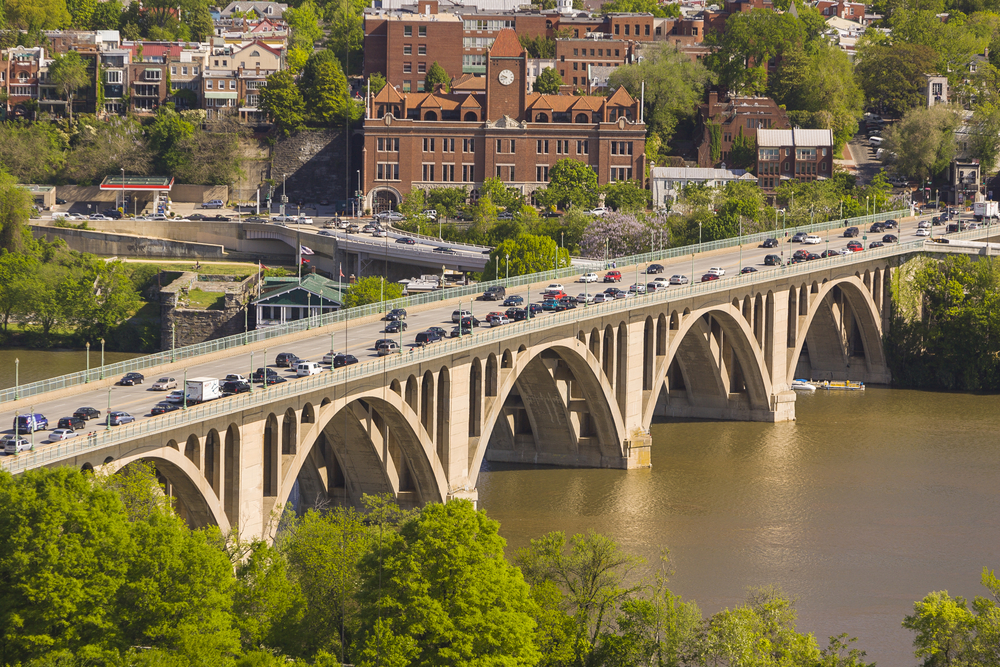
The speed difference reflects a 3 or almost 4 travel time index. Another key area of concern for Washington D.C. is the Southeast Freeway, which is close to a travel time index of 3 as well.
During the day when the rush hour slows down in Washington, the traffic here on the Southeast Freeway or the Beltway does not change much.
There is heavy congestion here all the time. Other routes such as New York Avenue and Chain Bridge are famous for being among the most congested routes in the city for commuters or drivers early in the morning and in the early evenings.
What is the easiest time to drive in Washington D.C.?
The time with the best travel time index in Washington is likely to be between 10:00 a.m. and 3:00 p.m. but it will really depend on what route you take.
How you get where you want to go could make a difference as well. Tuesdays are said to be the slowest traffic days, but that doesn’t mean the roads will be free.
It just means the traffic is slightly lower. The easiest roads on any day will be the 295, 395, 495, and the 270.
The I-95 and the I-70 are going to be the most difficult roads during rush hour, outside of the bridges already mentioned.
If you can get to where you need to go using the 301, take it. It is one of the easiest drives in and around Washington D.C. and runs from Florida to Delaware.
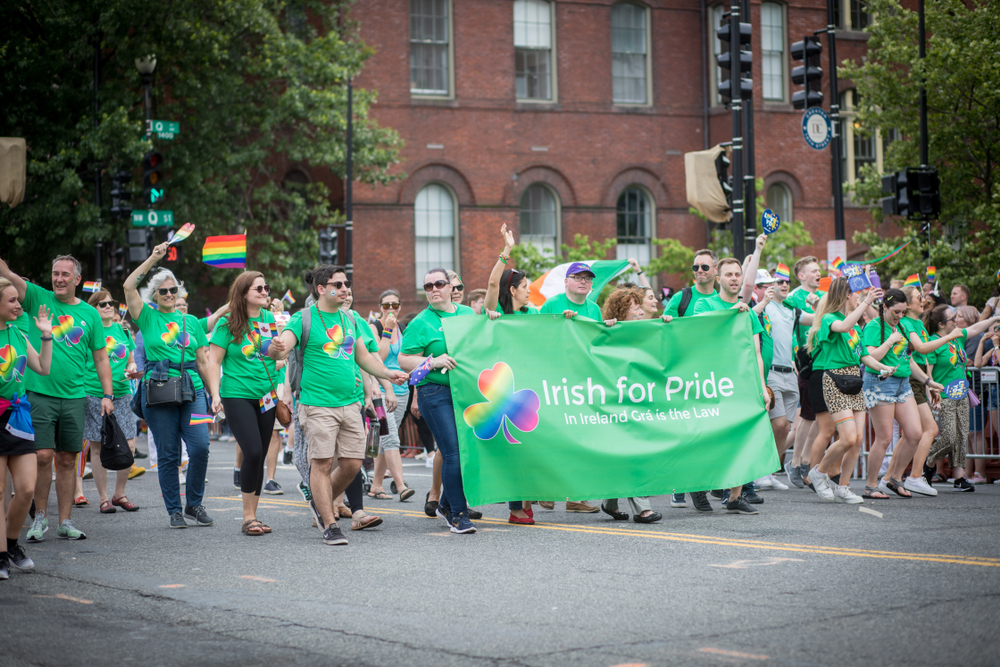
Before you drive in Washington, check the news and parade routes as events such as inaugurations, protests, and holidays such as Independence Day will throw off every single number listed here for traffic congestion.
How do drivers get around or ahead of Washington D.C. traffic?
There are ways to be smart about driving in Washington D.C. You can use road and traffic apps and methods to get around the D.C. and surrounding area.
There are also specific Twitter handles for D.C.
WTOP at 103.5 FM is the known traffic center for broadcasting on the radio and on Twitter for any Washington D.C. traffic in real-time.
Here you will find new traffic updates every eight minutes for the city both on-air and on Twitter. Every accident or traffic crunch is reported.
You can also get real-time information from the Waze app for D.C. Google Maps is very accurate when it comes to traffic information in the D.C. area.
Another good app for Washington D.C. is the INTRIX traffic app, which gets information from the roads, phones, and even vehicle GPS systems.
Are there easy ways to commute in Washington D.C.?
Easy ways to commute in Washington D.C. include the E-Z Pass, which works the same here as it does in any other state.
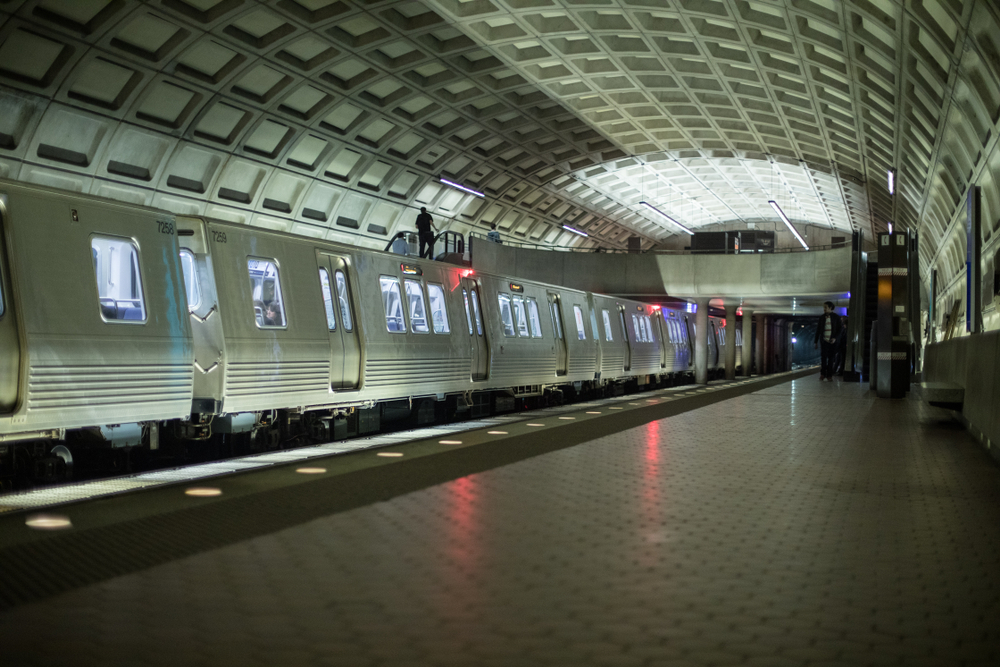
There are tolls on the I-66 from Northern Virginia. The toll can be as high as $34 on a busy day though.
The Metrorail in Washington D.C. is the city’s subway system, and one of the easiest ways to get around the city.
You can avoid the infamous rush hour here. This begins before dawn every day. You will see higher fares during rush hours on the Metrorail however, and fare cards can be purchased online or well in advance if you plan on using the Metrorail a lot.
The Metrobus is also available but will be subject to city rush-hour congestion. You can get SmarTrip cards to purchase fares in advance and also plan your departure and destination points well in advance as well.
D.C. Circulator buses run loops every 10 minutes between Georgetown, Union Station, and Woodley Park-Adams Morgan Metro Station for convenience within the city limits.
What are the best tips for driving in Washington D.C.?
The best Washington D.C. driving tips involve knowing the city and understanding the people.
There are over 30 circles to drive through and around the city, and they can get very confusing.
They also slow down the city considerably.
Knowing where they are and that they could slow you down is an easy way of getting through rush hour traffic with very little emotional turbulence.

Plan ahead and know where the streets with many lanes are. You also need to know that traffic lights here aren’t always hanging in the middle of the intersection and can sometimes be held at the sides of the streets and cross-sections.
You aren’t going to get that information on Waze or on WTOP. This is also a city with a lot of potholes, and this could be damaging to your vehicle if you, unlike a local, aren’t sure where they are in advance.
Most places a tourist or new resident would want to visit or go to can be found within easy walking distance of any of the Metro stations if you want to find an easier way than driving.







